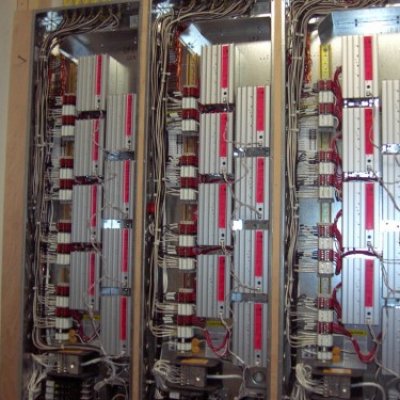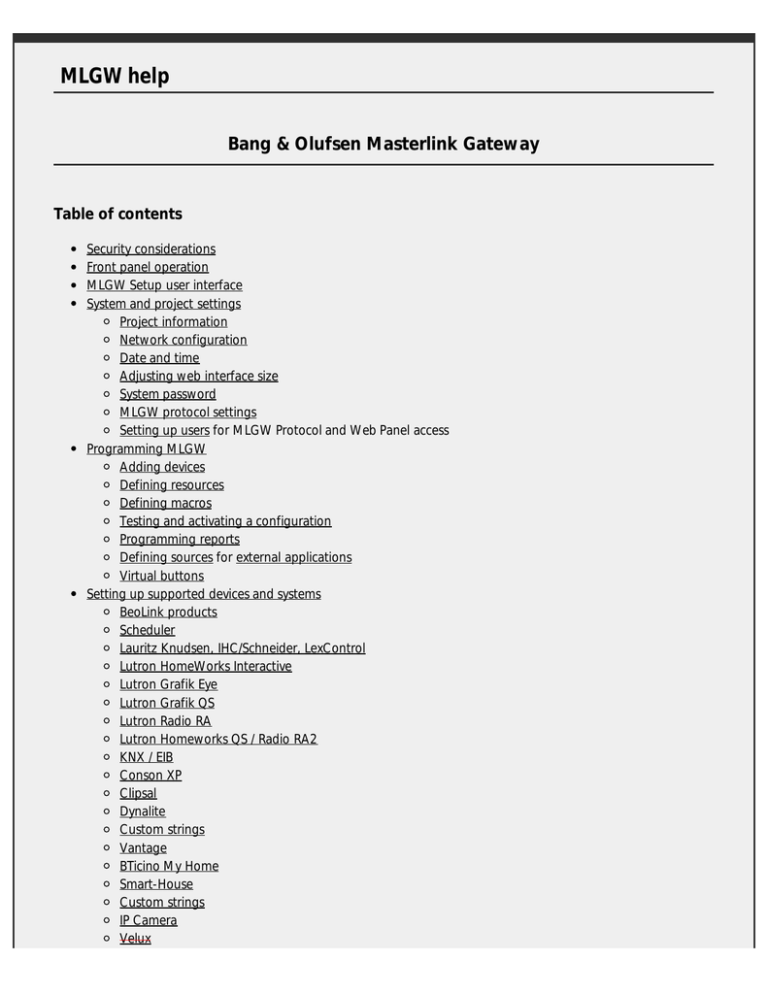
Processor wiring must be in a daisy-chainĬonfiguration. The term “IC:” before the radio certification number only signifies that Industry Canada technical specifications were met. could void the user’s authority to operate Consult the dealer or an experienced radio/TV technician for help.Ĭaution: Changes or modifications not expressly approved by.Connect the equipment into an outlet on a circuit different from that to which the receiver is connected.Increase the seperation between the equipment and.Reorient or relocate the receiving antenna.The user is encouraged to try to correct the interference by one Which can be determined by turning the equipment off and on,

If this equipment doesĬause harmful interference to radio or television reception, However, there is no guarantee that interference will Instructions, may cause harmful interference to radio communications. This equipment generates, uses and can radiate radio frequency energy and, if not installed in accordance with the

Protection against harmful interference in a residential installation. These limits are designed to provide reasonable With the limits for a Class B digital device, pursuant to Part 15 of Note: This equipment has been tested and found to comply

System or exist as a stand alone radiofrequency (RF) system. Plugs into a standard electrical outlet.RS-232 port for integrating other equipment such as AV or HVAC.Programming is done via RS-232 connection using existing HomeWorksĪllowing sequences and use of conditional logic for keypad button press events.Battery backup will maintain programming for up to 10 years under normalĭigital device, pursuant to Part 15 of the.System to support a total of 1024 RF dimmers/switches and 512 Up to 4 RF Signal Repeaters may be used with each processor toĪ maximum of 16 RF processors may be connected together in a

RF system devices communicate with the RF Processor via Radio Frequency. HomeWorks RF Processors comprise the major communication hub


 0 kommentar(er)
0 kommentar(er)
